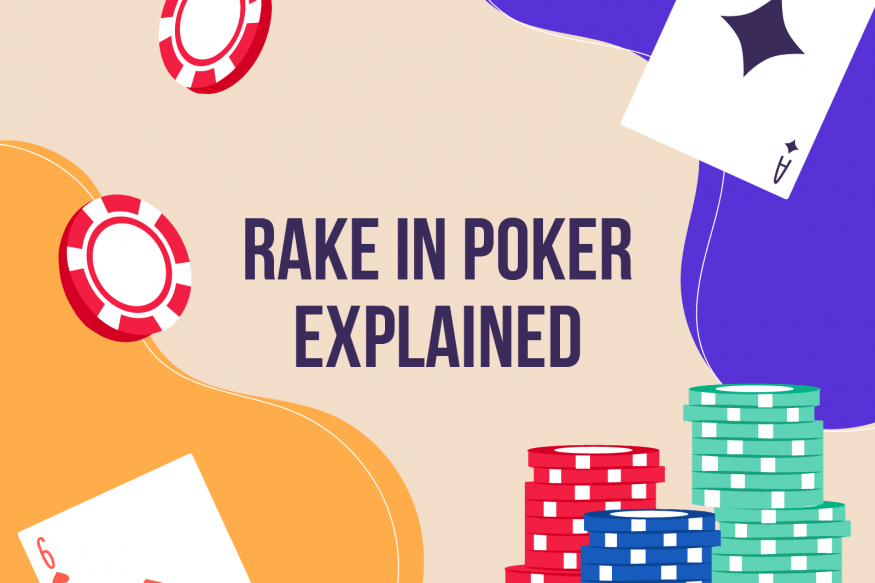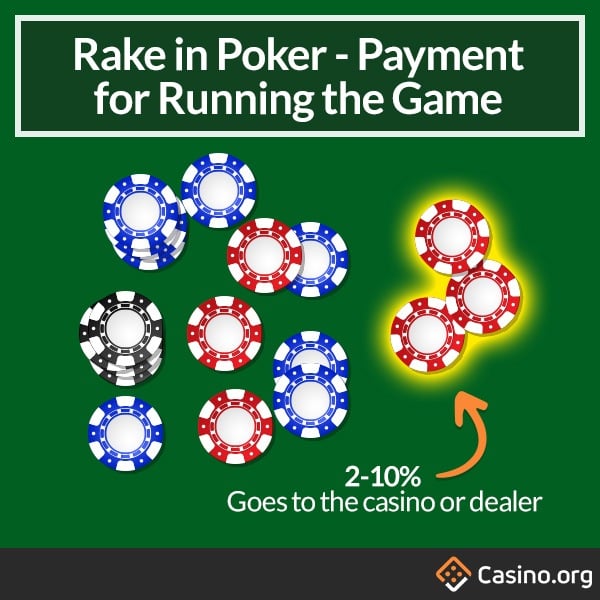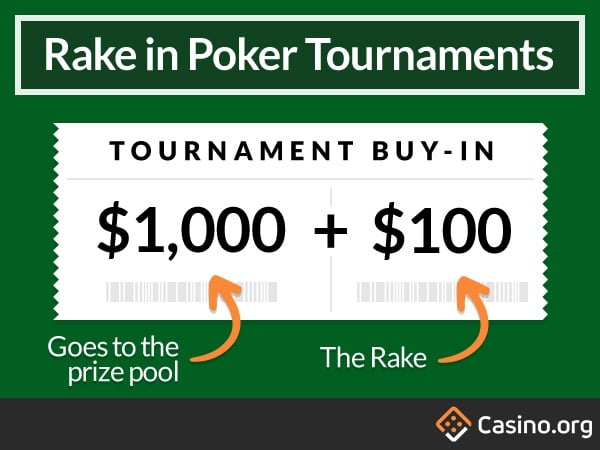How Casinos Profit from Poker: The Role of Rake
Casinos are well-known for their profitability, thanks in large part to the “house edge” embedded in games like roulette and slots. This edge ensures a steady revenue stream, as players are competing against the house itself. However, poker stands out in the casino world-rather than playing against the house, participants battle one another at the tables. The casino isn’t invested in who wins or loses a poker hand. So, how do casinos generate income from a game where they seemingly have no direct stake? The answer lies in a key concept called “rake.”

What Is Rake? The Casino’s Poker Income Explained
In poker, the “rake” refers to the commission that a casino collects from each cash game pot or from tournament entry fees-functioning much like a small tax on play. Rather than earning through a built-in advantage, casinos collect a percentage or fixed amount from the money wagered at the tables. This system forms the foundation of the casino’s profits in poker, influencing the experience for both amateurs and seasoned players.

Understanding the rake system is crucial, as it directly affects every player’s potential winnings. Even if you only play poker recreationally, being aware of how rake is calculated helps you make better decisions about game selection and bankroll management.
How Rake Is Collected in Cash Games
In a typical cash game-be it Texas Hold'em, Pot Limit Omaha, or another variant-casinos extract a portion from most pots, provided the pot reaches a minimum size. The most common method is a fixed percentage of the final pot, usually ranging between 3% and 5%. While the percentage can technically range from 2% to 10%, most casino poker rooms stick to the middle of this range for fairness and competitiveness.
Most venues also set a maximum limit (“cap”) on how much can be taken from each pot. This cap ensures that even in games where players are deeply stacked, no single pot suffers excessive deductions. However, there are rare exceptions-some rooms may not use a cap at all, which can heavily penalize players when big pots occur.
For instance, suppose you’re playing a $1/$2 No-Limit Hold’em cash game, find yourself all-in with $300 against another player, and the total pot is $600. If the rake is 5% with a $10 maximum cap, $10 is deducted when you win the pot. In a no-cap scenario, however, you could be charged $30, which impacts long-term profitability.
Alternative Rake Model: Hourly Table Fees
While most cash games operate on the percentage system, some casinos or card rooms offer an alternative: an hourly seat fee. In this setup, players pay a fixed amount for the time they spend at the table, rather than having rake pulled from each pot. Both structures have their pros and cons for players-the key is to understand which model applies when choosing a game or casino.
Rake Differences by Stake Level
It might seem counterintuitive, but lower-stakes games (such as $1/$2 tables) often come with higher rake percentages and caps relative to the blinds, compared to higher-limit games. At low stakes, the rake can exceed 5% per pot, with comparatively high maximums. Meanwhile, higher-stakes games tend to see lower percentages (typically around 3%) and smaller caps relative to the betting amounts.
This occurs because casinos must cover the same costs (dealer, table space, amenities) regardless of the stakes. To keep small-stakes games profitable for the house, a higher proportion is taken from the action-so new or recreational players should always check the rake structure before taking a seat.
How Poker Tournaments Generate Casino Revenue
Poker tournaments operate differently from cash games. Since tournament chips don’t have direct cash value during play, casinos instead add the rake as part of the tournament buy-in. For example, a tournament listed as $100+$20 means $100 enters the prize pool and $20 is the casino's fee. These fees cover expenses such as staffing, facilities, and event logistics rather than being taken from the prize pools after play begins.

Online tournaments often carry lower rakes compared to live events, particularly at lower buy-in levels. Online venues face fewer logistical costs-there’s no need for physical space or dozens of dealers-allowing them to offer more affordable tournament fees to players.
Beyond Rake: Additional Poker-Related Income Streams for Casinos
Although the rake is the largest direct source of poker revenue for casinos, it pales in comparison to the profit margins they earn from games like slots or blackjack. Sometimes, casinos are willing to break even or even take a small loss on high-profile tournaments. Why? These events generate significant buzz and foot traffic.
Large live tournaments attract crowds, some of whom will play additional cash games-where the casino’s take is steadier-or try their luck at other casino offerings like slot machines, table games, or even spend money on hotel stays, food, and beverages. This auxiliary spending can far exceed the direct poker earnings for a casino hosting major events.
Online Poker Rooms: Lower Overheads, Bigger Margins
For online poker operators, the business model is even more straightforward. With no physical premises or in-person staff to manage, their main costs are software maintenance and server infrastructure. This allows them to profit substantially through rake collection alone, as the digital format can handle thousands of players across countless tables simultaneously.
Some online platforms also integrate slot and table games within their poker lobbies, capturing even more value from players who may want to diversify their gaming activity without leaving the site.
Why Players Should Understand Rake
Rake is inescapable in casino poker-it is how the house stays in business. For players, knowing the rake structure is essential, as high percentages or uncapped rakes can erode your winnings over time, regardless of your skill level. If you have a choice, always compare the rake, maximum caps, and fee models of different casinos-choosing the most player-friendly environment can make a noticeable difference to your bottom line. When skill levels are comparable, lower rake games offer greater potential profitability for everyone at the table.













